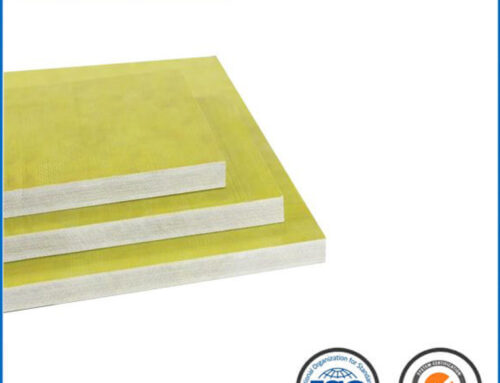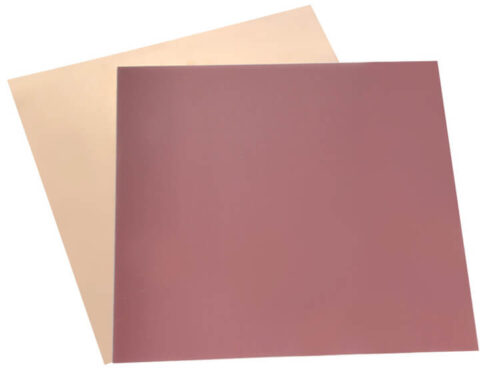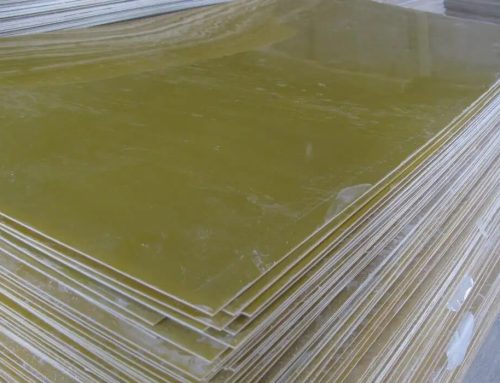PCB (Printed Circuit Board) material density is a critical factor in the world of electronics design, influencing the overall performance, reliability, and efficiency of electronic devices. This article delves into the intricacies of PCB material density, exploring its significance, impact on design considerations, and the resulting effects on the functionality of electronic components. From understanding the role of density in signal integrity to its influence on thermal management, navigating PCB material density is essential for engineers and designers seeking to optimize electronic systems for various applications.
1. The Role of Material Density in PCBs: A Fundamental Element
Defining Material Density:
PCB material density refers to the mass of the material per unit volume, a crucial parameter that affects the overall weight and compactness of electronic assemblies.
The choice of materials with specific density characteristics directly influences the design and performance of PCBs.
Influence on PCB Weight:
Material density plays a key role in determining the weight of the PCB, influencing factors such as portability in consumer electronics and structural considerations in aerospace applications.
Designers must balance the desire for lightweight components with the structural requirements of the intended application.
2. Impact on Signal Integrity: Ensuring Reliable Communication
Transmission Line Effects:
PCB material density affects the characteristic impedance of transmission lines, influencing signal integrity.
Matching the impedance of transmission lines to the components and connectors is crucial for minimizing signal reflections and ensuring reliable communication.
High-Frequency Applications:
In high-frequency applications, such as wireless communication and RF (Radio Frequency) circuits, material density becomes a critical consideration.
Proper material selection is essential to minimize signal losses and maintain the integrity of high-frequency signals.
3. Thermal Considerations: Managing Heat Dissipation
Thermal Conductivity:
The density of PCB materials is linked to their thermal conductivity, influencing the ability to dissipate heat generated during electronic operation.
Effective heat dissipation is crucial for preventing overheating and maintaining the reliability of electronic components.
Applications in Power Electronics:
In power electronics, where components generate significant heat, material density plays a role in designing PCBs capable of efficient thermal management.
Choosing materials with appropriate density characteristics contributes to the longevity of power electronic devices.
4. Design Flexibility: Balancing Density with Performance Goals
Miniaturization Challenges:
Designers often face the challenge of miniaturizing electronic devices while maintaining optimal performance.
Material density impacts the overall size of the PCB, and designers must strike a balance between miniaturization goals and the need for sufficient material density.
High-Density Interconnects (HDIs):
The demand for high-density interconnects in modern electronics requires careful consideration of material density.
HDIs enable the integration of more components into smaller spaces, but material choices must align with the density requirements of advanced interconnect technologies.
5. Environmental Considerations: Sustainability and Material Density
Sustainable Design Practices:
As sustainability becomes a driving force in electronics manufacturing, material density considerations extend to environmental impact.
Designers are increasingly opting for materials with optimal density characteristics that align with eco-friendly and recyclable practices.
Recyclability and Reusability:
The density of PCB materials can impact their recyclability and reusability at the end of a product’s life cycle.
Sustainable practices in electronics design involve selecting materials with favorable density characteristics for environmentally conscious disposal and recovery.
Conclusion: Navigating the Density Landscape in PCB Design
Understanding and navigating PCB material density is an essential aspect of electronics design, influencing multiple facets of performance, reliability, and environmental impact. From signal integrity considerations to thermal management challenges, designers must weigh the implications of material density choices against the specific requirements of each application. As technology continues to advance, the careful navigation of PCB material density becomes a crucial skill for engineers seeking to optimize electronic systems for diverse and evolving needs. Balancing design goals with material characteristics ensures that the density landscape in PCB design becomes a realm of innovation and efficiency in the ever-expanding world of electronics.
More:




